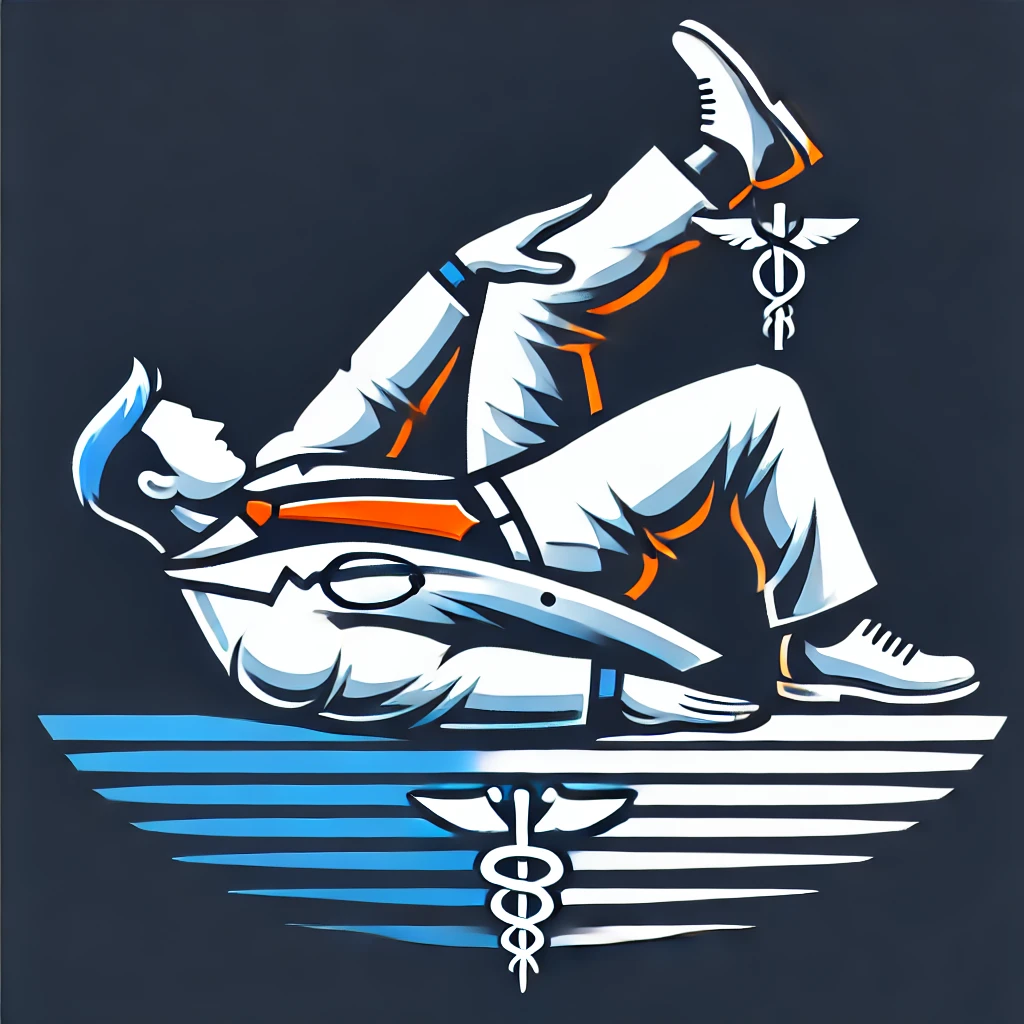Alright, so after eight straight weeks of intense training, I finally committed to a recovery week. Sort of. I’d love to say I took it easy, did some light stretching, and emerged feeling like a brand-new human. But nope. I still don’t feel fully recovered, and, naturally, I still went balls to the wall on arm day and upper body day—because those aren’t the muscles I’m worried about overtraining. Priorities, right?
The Price of 8 Weeks of Plyos and Strength Training
For eight weeks, I’ve been hammering my legs with a minimum of three intense plyometric and strength sessions per week. That much high-impact work isn’t exactly gentle on the joints, tendons, and nervous system. And while recovery week is supposed to help, doing nothing at all actually slows the recovery process.
Why Active Recovery Works (Science Says So)
Instead of completely shutting down, I still made it to the gym, kept the weights light, and did moderate-intensity plyos. Research suggests that active recovery—low-intensity movement performed after intense training—aids muscle recovery by increasing blood flow and reducing soreness (Dupuy et al., 2018). The increased circulation helps shuttle nutrients to damaged muscles, speeding up the repair process.
In one study, researchers found that athletes who engaged in active recovery maintained higher power output and reduced muscle soreness compared to those who completely rested (Dupuy et al., 2018). So, while I wasn’t setting any PRs, at least I wasn’t deteriorating into a pile of regret and lactic acid buildup.
Rehabbing the Tendons: Isometrics for the Win
Since I had a little more time this week (not slamming my legs into the ground at full force), I incorporated isometric exercises for my glutes, knees, and hips. Why? Because isometrics put stress on tendons in a way that stimulates recovery and adaptation without excessive strain.
A 2019 study by Rio et al. found that isometric holds improve tendon health by increasing collagen synthesis and reducing pain sensitivity—which means stronger, more resilient tendons (Rio et al., 2019). And given the amount of explosive work I’ve been doing, keeping my tendons happy is essential for longevity.
Saturday: The Big Letdown
All week, I was convinced that by Saturday I’d be feeling fresh, springy, and ready to unleash some PRs on the track. I even hyped myself up to impress a buddy at a turf/track workout. Spoiler: it did not go as planned.
While I had some good moments, nothing extraordinary happened. No personal bests, no superhuman vertical leaps—just a reminder that recovery takes longer than a few days of half-hearted rest. I could tell my nervous system was still fried. The gas pedal was there, but my engine just wasn’t revving properly.
That said, I did manage to beat my brother-in-law in a 40-yard dash. Granted, I had a 10-yard head start, but that’s just a minor detail we don’t need to dwell on.
The Impact of a Caloric Deficit on Recovery
On top of the physical fatigue, I’ve also been in a cutting phase, meaning my body is operating in a caloric deficit. While that’s great for dropping body fat, extended periods of restricted calories can negatively impact strength, recovery, and performance.
Research shows that prolonged caloric deficits reduce muscle protein synthesis, slow glycogen replenishment, and increase cortisol levels, all of which make recovery even harder (Murphy et al., 2018). So, between my training load and my deficit, it’s no surprise I wasn’t bouncing off the walls by Saturday.
Looking Ahead
Next week, I’ll be reevaluating my approach to recovery, possibly incorporating more mobility work, sleep prioritization, and nutrition adjustments to help my body bounce back. Because let’s be honest—I like pushing my limits, but if I want to keep progressing, I need to be smarter about how I balance stress and recovery.
Stay tuned—because despite this week’s setbacks, I’m still coming for those PRs. Just… maybe not next week.

